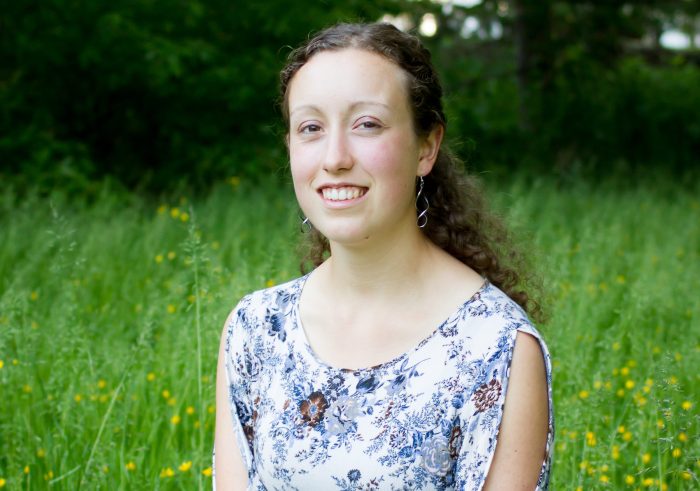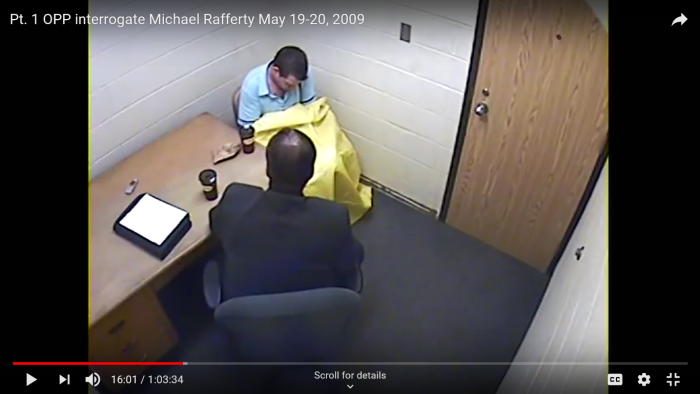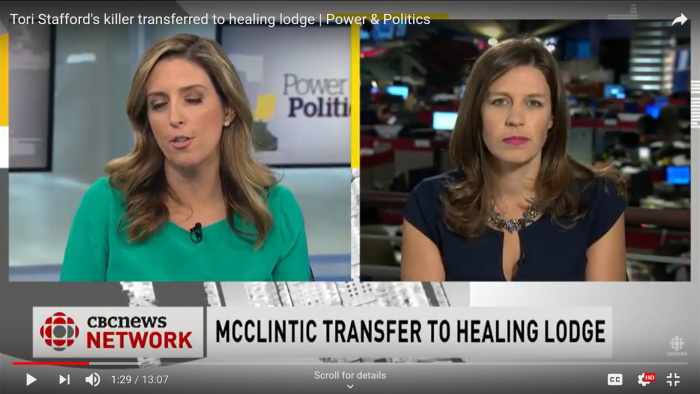
(University of the Fraser Valley former teaching assistant, Valerie Flokstra)
1. Other Articles on Abortion/Infanticide
2. Review Of The Subject
The original article, along with partial audio is available here. Posted by Andrew Lawton.
Apparently, discussing abortion critically, is not permitted. Their former teaching student, Valerie Flokstra, seen above, found that out the hard way. Flokstra was called into a meeting with various faculty members, Nancy Norman, and Vandy Britton, to discuss how ideas are “potentially harmful”. University of the Fraser Valley, (British Columbia, Canada), openly promotes social justice in their teaching program. See below. Oddly, no written commitment to free speech, or open inquiry.


The case is widely being compared to Lindsay Shepherd, who in November of 2017, was summoned to such a meeting at Wilfrid Laurier university (WLU), for showing a TVO clip of Jordan Peterson debating gender pronouns related to transgender persons. The inquisitors were: Nathan Rambukkana, Hernert Pimlott, and Adria Joel. See below.
In fact, Valerie Flokstra cites Lindsay Shepherd in her decision to record this meeting with the faculty. Seeing how badly Shepherd was treated forced Flokstra to take defensive measures.
Another key difference is that Shepherd released the recording of her meeting immediately to the media. She found there to be various forms of retaliation and hostility to her at Wilfred Laurier University. Flokstra, on the other hand, waited until she graduated to avoid such retaliation.
Some have observed, it seems moronic that these professors wouldn’t have any reservation about holding such a meeting, and playing these games. In the Shepherd case, Professors Rambukkana and Pimlott effectively had their academic careers and reputations destroyed. Given the international coverage Shepherd got, it seems highly implausible that the UFV wouldn’t all know about it.
In the Flokstra matter, she had claimed that premature births were contributing to autism diagnoses. She questioned that women who have abortions but have children later in life more often have premature births. Statistics were cited, see here. And this led to a reasonable suggestion that abortions will lead to higher autism risks later.
If A = B, and B = C, then does A = C? Makes sense.
If prior abortion ==> higher risk of premature births later, and
If premature births ==> higher risk of autism, then
Does prior abortion ==> higher risk of autism? Seems like a reasonable conclusion. At least is cannot be dismissed out of hand.
However, Professors Norman and Britton would have none of that. They questioned Flokstra for bringing it up, and attributed a variety of negative motivations for doing so, such as pressing her own religious beliefs.
Norman and Britton engaged in Orwellian double speak. Instead of the “critical thinking” that many champion, Flokstra was told she needed to engage in “critical mindfulness“.
Flokstra was told that if she had strong opinions, she was free to write them down and hold onto them, but always to consider any potential harm that may come to students rather than saying them.
Norman and Britton also tried to explain that Flokstra shouldn’t be “shutting down students” by bringing up certain opinions. However they were dismissive when repeatedly told that “they were the ones currently shutting her down. The mental gymnastics of the pair….
Norman and Britton tried to explain that they weren’t trying to “shut down” Flokstra, but rather that they just didn’t want her to speak about various topics. Telling someone politely to shut up is apparently not shutting them down.
Norman and Britton were also dismissive of Flokstra’s assertion that these were university students in her class, not high school students, and that a higher degree of discussion should be expected of them.
Normal and Britton explained that they were (not) shutting her down, not because of the actual harm that was coming from having topics such as abortion discussed. Rather, she was (not) being shut down because of potential harm that could come from discussing these topics.
In both the Flokstra and Shepherd cases, absurd comparisons were made. Shepherd was told that showing a video uncritically of Jordan Peterson was like neutrally playing a speech by Adolf Hitler. Flokstra was told that sharing certain views in a way was like a KKK (Ku Klux Klan) group on campus. Rather than make factual, logical arguments why certain topics are “off-limits”, ridiculous rhetoric is used.
Only a partial audio (8 minutes out of almost an hour long meeting) is available for article. The summary of the meeting is that the 2 professors spent the entire time trying to shut Valerie Flokstra down, but then using double talk and word games to deny that is what they were actually doing.
Benjamin Boyce, a YouTuber in Washington State, released this fine review of the fiasco. The College Fix also did a great piece, and more are coming out.
A thought on universities: If people are going to be shut down in this manner (or any manner), a little honesty would be nice. Drop the word games (a la Shepherd and Flokstra), and just be upfront that this is what you are doing. If schools are places that do not support free speech and open inquiry, then just say so. Start calling yourselves “INDOCTRINATION CENTERS” instead of “HIGHER LEARNING CENTERS“. Ideas cannot be analyzed properly if the cannot be discussed openly.
But of course, if such honesty were used, admissions would pretty much stop altogether.
Funny, this problem is non-existent in trade schools. But then, they actually provide skills.




